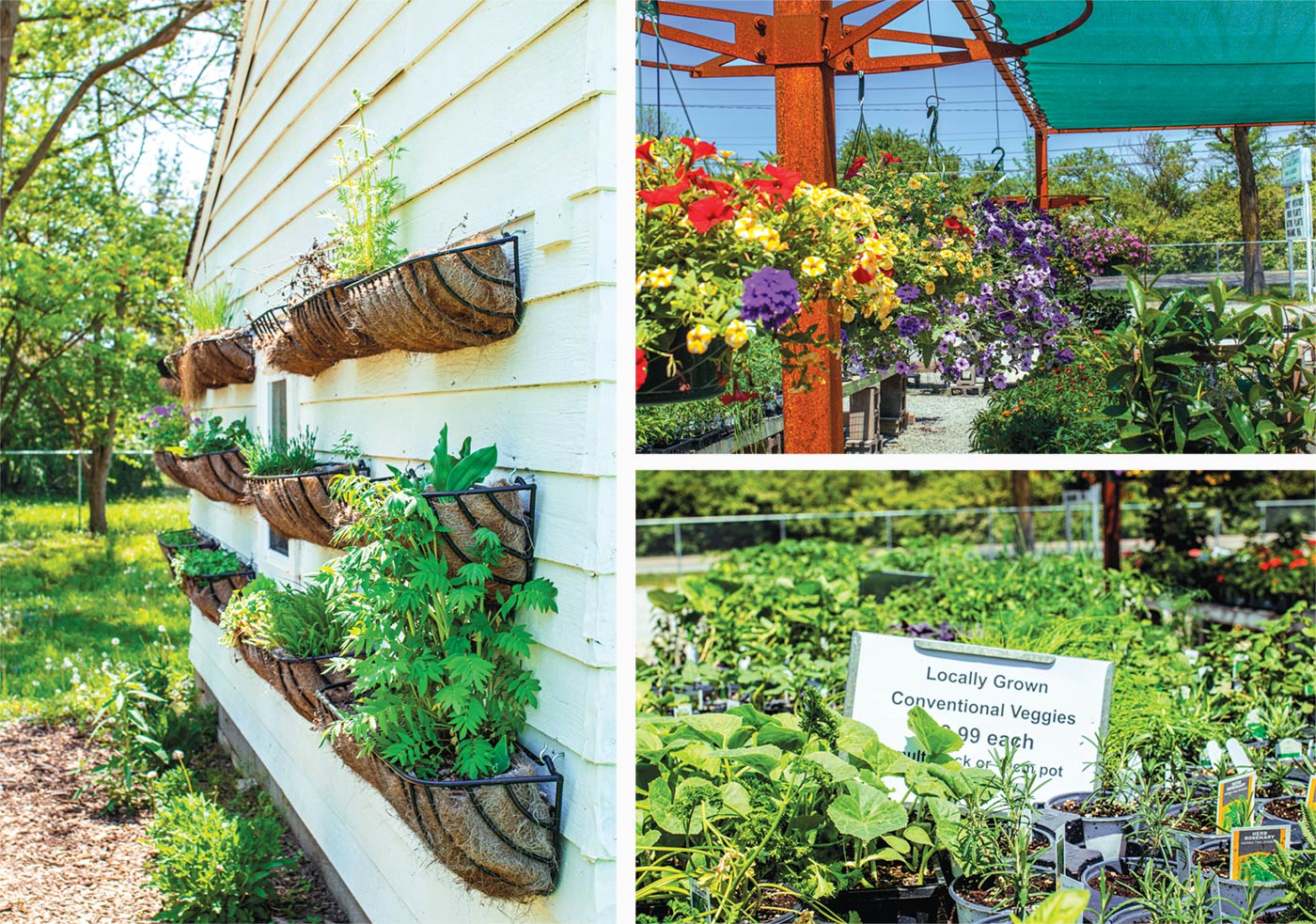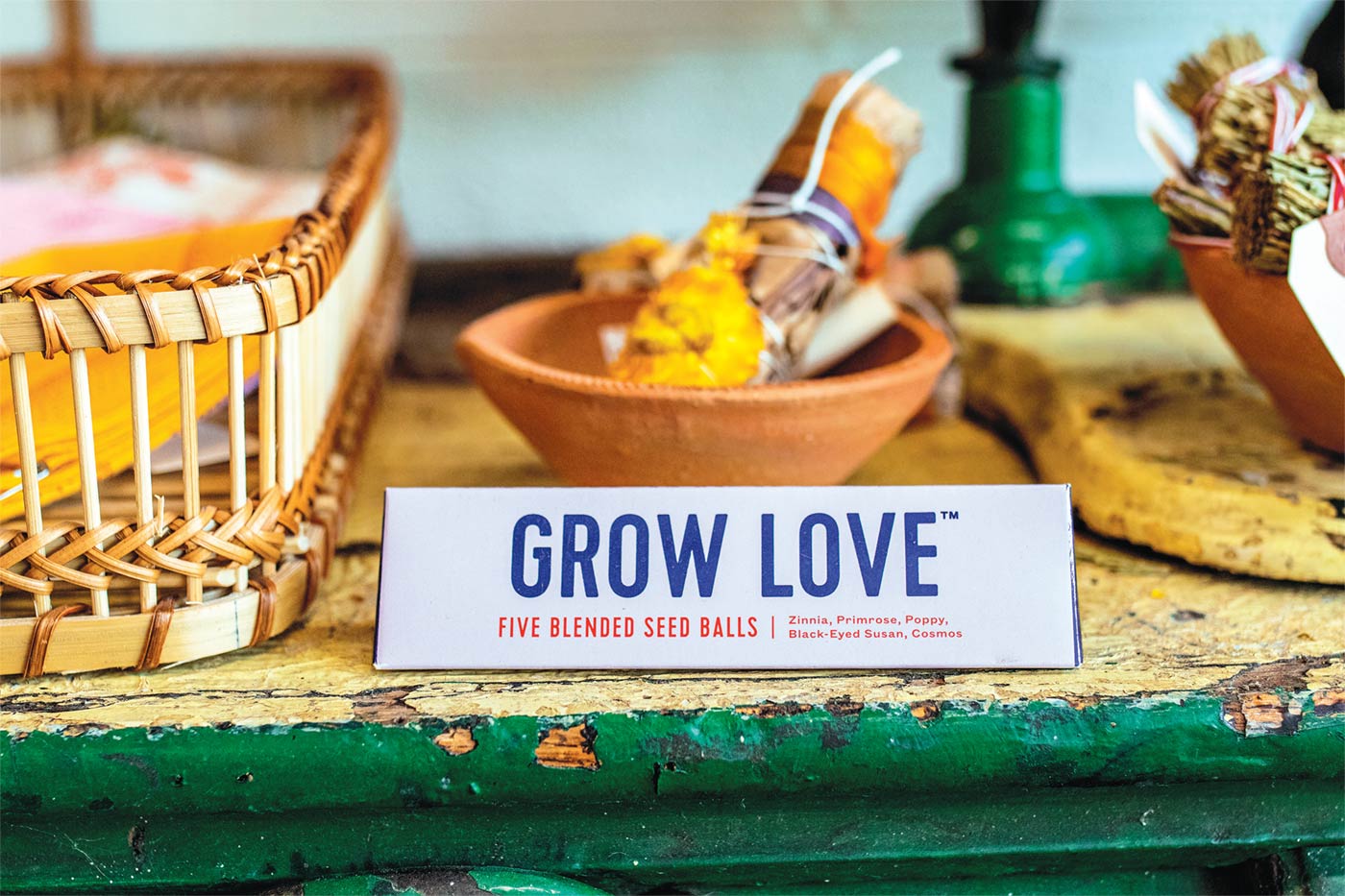Tips from a Master Gardener to boost your success
Sure things and gardening rarely go together, primarily because so much is out of the gardener’s control. Rain, sun and temperature belong to Mother Nature alone. However, there are steps gardeners can take to boost their success at growing their own vegetables, fruits and flowers. Perhaps, these steps might even give you a green thumb.
A bit of advice: Start small.
LOCATION
Vegetable gardens need at least six hours of direct sun every day. Eight hours is best. Orient the garden to run east to west. This allows for the most sun. Some vegetables, such as lettuces, spinach and other greens, can thrive in partial sun, usually four to five hours daily.
Most flowers also do best in partial to full sun. However, there are many annuals and perennials that thrive in shade as well.
SOIL PREP
The health and productivity of your vegetable plants are tied to the health of the soil. The easiest way to get good soil is to order a planter’s mix from a local landscape supplier. Planter’s mix contains soil, compost and other organic ingredients. Share with the landscape supplier the dimensions of your garden and the depth you’d like to plant (8 to 10 inches), and they will be able to tell you how many cubic yards you’ll need.
You can also dig your vegetable garden by breaking down clumps of already-present soil and mixing in the organic matter. If there’s never been a garden in that spot, you run the risk of breaking into a seed bank, which could be loaded with weed seeds that only need a light to germinate.
When preparing soil for perennials and annuals, mix in compost, aged manure or chopped leaves; after planting, ring the plants with mulch. Perennials and annuals usually are planted individually, so the soil from the hole can be mixed with a handful of organic matter when you backfill the hole.
Amending the soil when planting trees and shrubs is generally not recommended, unless the soil is rocky. It’s better to have trees and shrubs adapt to what’s called native or existing soil rather than soil that’s been enriched.

WHEN TO PLANT
Seed packets and plant tags frequently suggest best planting times, such as how many days after the last frost. Lettuces and other greens, peas and radishes can be planted in spring. These vegetables are easy to grow from seed and thrive in colder soil. Transplants of cabbage, broccoli and Brussels sprouts from the garden center can be planted in spring, too.
Tomatoes, peppers, squash and eggplant want warm soil to grow in, so plant these when the soil is 65° to 85°F. Visit Purdue University’s Vegetable Planting Calendar for specific details.
PLANT SELECTION
For the best results, look for plants that are insect and disease resistant. Plant tags, seed packets and nursery catalogs will have that information.
Twelve staple vegetables to grow from seed: lettuce, spinach, kale, peas, squash, beans, cucumber, beets, Swiss chard, onions (called onion sets), potatoes (called seed potatoes) and carrots.
Nine staple vegetables to grow from transplants: tomato, pepper, eggplant, squash, cabbage, Brussels sprouts, broccoli, cucumber and cauliflower.
Look for plants labeled All-America Selections as this nonprofit organization has tested these plants throughout the United States to identify them as high performing. Herbs
As with other plants, there are annual and perennial herbs. Sage, thyme and oregano are perennials. Basil, fennel, dill, rosemary and parsley grow as annuals. Herbs are easy to grow in the ground or in containers. Some gardeners plant herbs in the vegetable garden to attract pollinators and to organically keep away some pests.
Basil, borage, chives, dill, fennel, parsley, sage, thyme, rosemary and oregano are readily available at garden centers already growing in pots. These are easy to transplant to a larger container or to the ground.
FLOWERS
Look at the bloom time of plants to ensure you’ll have something with flowers throughout the season. Perennials bloom for certain periods, usually a few weeks, rather than all season long. For instance, the native perennial columbine blooms in spring and native asters generally bloom late summer into fall.
Summer annuals, such as geraniums, salvias, begonias, cosmos, petunias and impatiens, are best bets for season-long flowers. Many of the newer varieties no longer need to have spent flowers removed (called deadheading) to keep them blooming.
FRUITS
Conventional-size fruit trees and shrubs work well in larger properties. Some fruit species, such as apple, require cross-pollination. That means a second tree needs to be nearby to produce a good crop.
New dwarf fruit-bearing trees and shrubs are perfect selections for urban dwellers and suburbanites with small yards. There are dwarf native blueberries that are easy to grow in pots. Planting blueberries in containers makes it easier to create the acidic soil the plant needs.
Columnar apple trees, bred to be in the 4- to 6-foot tall and wide range, also do well in large pots. The native serviceberry produces delicious fruits, usually in June, earning the tree the nickname Juneberry. Not all fruit trees and shrubs will have fruit the first couple of years. Plants need to reach a certain maturity before they produce flowers and fruit.
CONTAINERS
Growing flowers, vegetables, herbs and dwarf shrubs in containers works well for those who must do their gardening on balconies, patios, decks or porches. Containers also can be placed where you have the best sun in your shady landscape. Look for plants, especially vegetables, labeled as well suited for for containers. Breeders have downsized plants to be productive in pots without a lot of maintenance. Water and fertilizer are key to success.
Use a high-quality potting mix (not topsoil). Potting mix is formulated to be lighter-weight and to drain properly. Be sure to check weight limits on balconies. Containers filled with soil and watered can be heavy.
Dwarf shrubs do well in containers for summer enjoyment. Dwarf roses, blueberries, Virginia sweetspire and hydrangea are perfect for containers. Depending on the container’s size and what it’s made of, dwarf shrubs may be able to winter over in the pot (inside) or transplanted to the garden in fall.

HARVESTING
Harvest as soon as the vegetables are ripe, which keeps plants producing. Spring-planted vegetables, such as peas, stop or slow when the weather heats up. Pull those plants to make room for tomatoes, peppers, squash, pumpkins and other summer-loving vegetables.
You can harvest flowers, too, for indoor enjoyment, drying or to share with others. Cutting the main stem of an annual or perennial encourages side shoots to grow and bloom, providing more flowers. Although not exactly harvesting, removing the spent flowers and seed heads on annuals and perennials may keep them blooming longer. Allowing the seed heads to remain allows birds and other wildlife to harvest them for you.
A tip for harvesting tomatoes and peppers: For tomatoes, do the twist: Do not pull the fruit from the plant. For peppers, use a hand pruner to cut the stem rather than pull them.
WEEDS
Just like flowers and vegetables, weeds can be annual or perennial. Crabgrass is an annual weed and dandelion is a perennial weed. The best time to treat perennial weeds is in late summer or early fall. Annual weeds are best treated in late winter or early spring.
Weeds can always be pulled, hoed or dug out, especially in vegetable gardens, where gardeners don’t want to use a weed killer. Place shredded bark mulch, chopped leaves or compost around plants to reduce moisture loss from the soil and to suppress weeds.
There are many natural ways to eliminate weeds. One homemade option is a mixture of 1 gallon of white vinegar, 1 cup of table salt and 1 tablespoon of liquid dishwashing soap. Blend throughly and funnel into a plastic spray bottle. Apply solution on a dry, sunny day, coating the entire weed. The plant should start to die within a week. Be cautious with spraying as this will kill any plant it is applied to.
INSECTS AND DISEASE
Try to walk your landscape every day or two. As you walk, look at the plants. Are there insects or evidence of insects on plants? Have any of the leaves become gray and fuzzy? Inspect them periodically, such as when you water, to make sure there are no signs of insects or disease. Catching problems early makes it easier to control.
Know what you have before you treat it. Scan the QR code to download the suite of Purdue University’s Plant Doctor app.
WATERING AND FERTILIZER
Mulching around trees, shrubs, perennials and annuals helps soil retain moisture and reduce weeds. The same technique helps in the vegetable garden. Most vegetables will need supplemental watering if there’s no rain. Plants in containers need water more frequently than plants in the ground.
Always read and follow the label directions on any fertilizer product you use. For example, too much nitrogen causes a lot of leaf growth when what you really want are tomatoes. Use a more balanced fertilizer for all the plants’’needs.
ENDING ADVICE
Please don’t beat yourself up if something fails to grow the way you expected. Gardening almost always includes an insect or disease on plants, or they get gobbled by a rabbit, squirrel, deer or other critter. Look at these instances as a learning experience. Gardeners are hopeful people. Their common refrain: It will be better next year.

TWELVE STAPLE VEGETABLES TO GROW FROM SEED
lettuce
spinach
kale
peas
squash
beans
cucumber
beets
Swiss chard
onions (called onion sets)
potatoes (called seed potatoes)
carrots
NINE STAPLE VEGETABLES TO GROW FROM TRANSPLANTS
tomato
pepper
eggplant
squash
cabbage
Brussels sprouts
broccoli
cucumber
cauliflower





